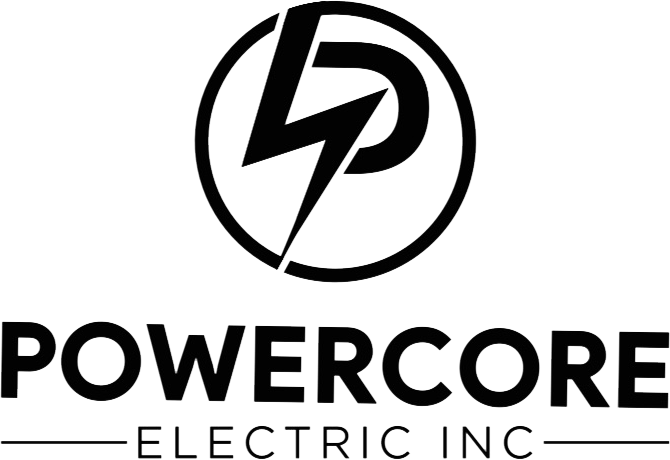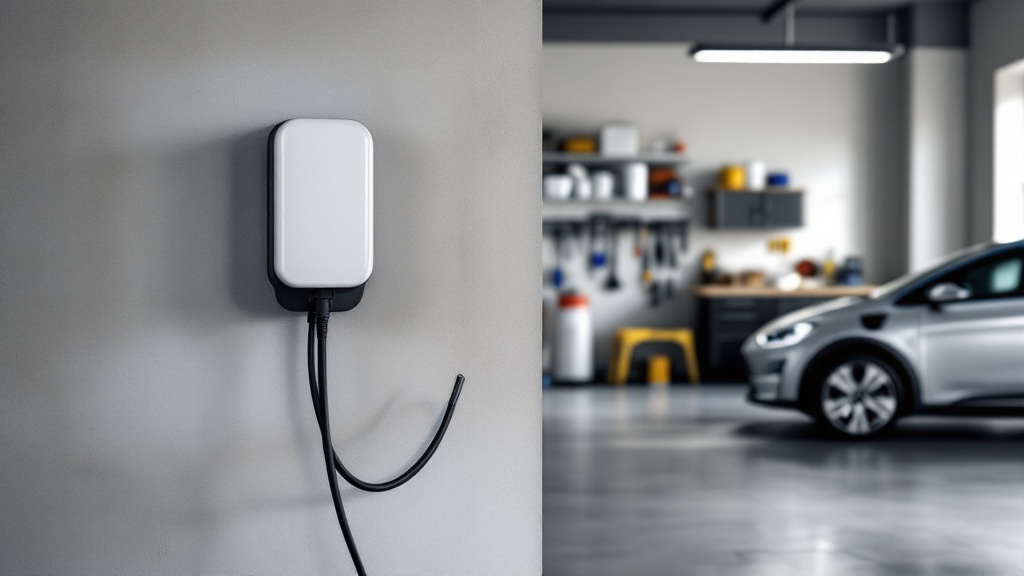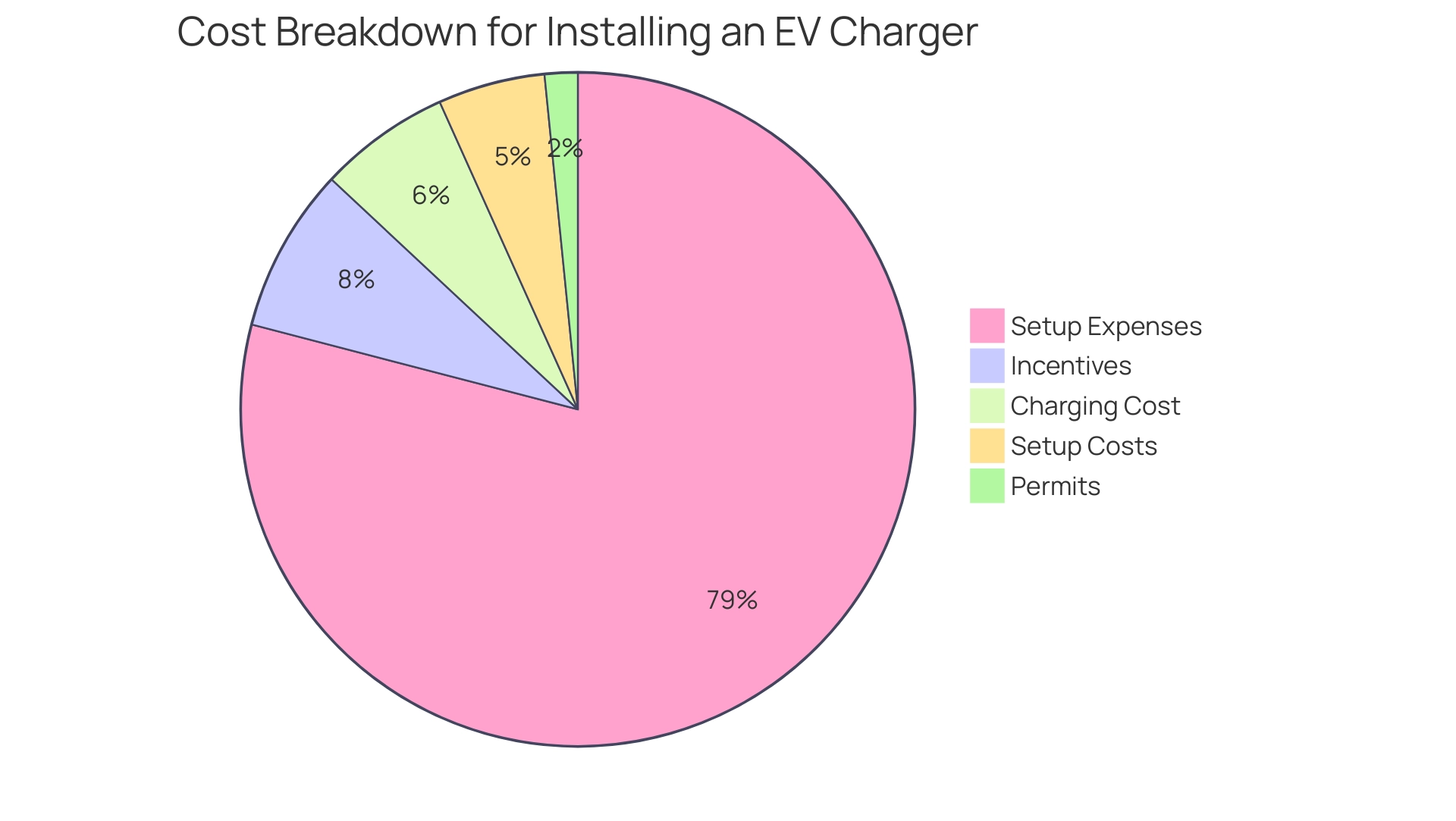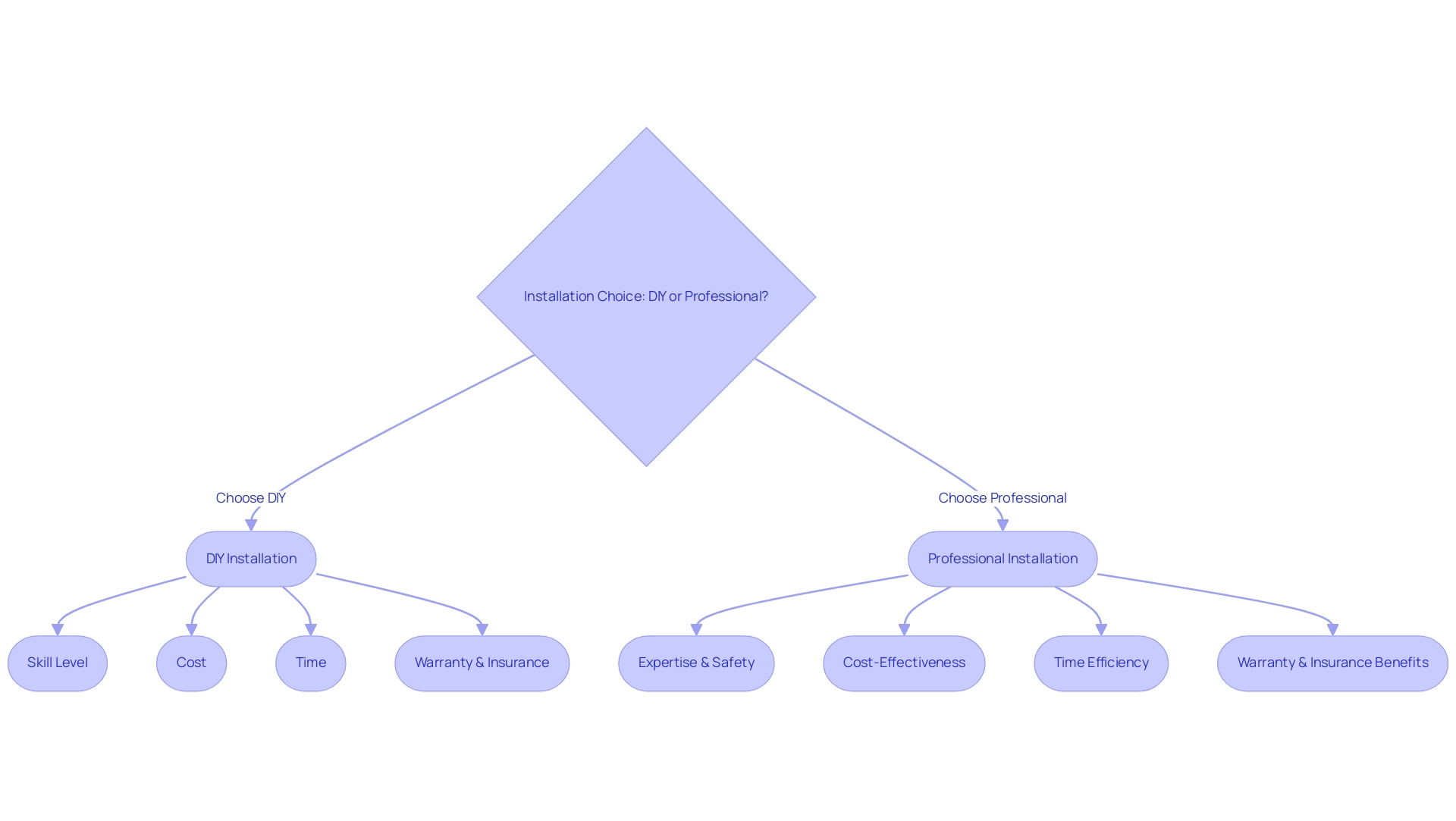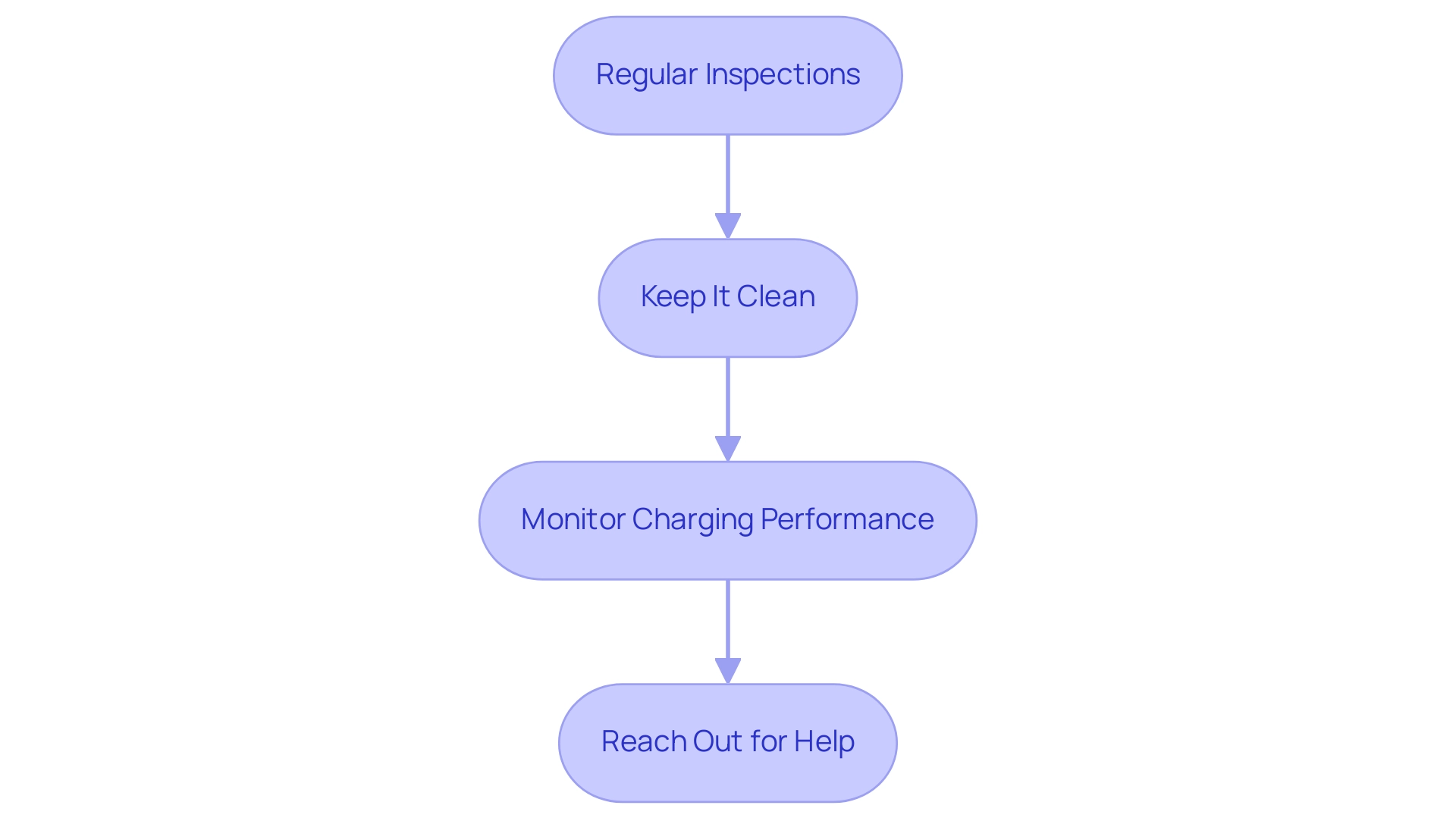Introduction
As electric vehicles (EVs) become an integral part of modern living, the need for home charging solutions is more pressing than ever. Installing an EV charger at home not only adds convenience but also supports a sustainable future. However, before diving into the installation process, homeowners should consider several key factors that will ensure a smooth and effective setup:
- Assessing electrical capacity
- Choosing the right charger
- Understanding local regulations
- Evaluating potential costs
This guide will walk through the essential steps and considerations that can help make the transition to electric driving seamless. Whether it’s evaluating DIY options or opting for professional assistance, being informed is the first step toward embracing this eco-friendly technology.
Key Considerations for Installing Your Home EV Charging Point
Before you embark on your EV installation journey, let’s touch on some essential considerations:
- Electrical Capacity: First and foremost, it’s crucial to ensure your home’s electrical system can handle the additional load from an EV power source. A quick chat with a licensed electrician can provide clarity on your setup and any necessary upgrades, especially if you also plan to incorporate solar energy into your home.
- Location: Consider where your device’s power source will be most convenient. Ideally, pick a spot that’s easy to access from your vehicle and as close to your electrical panel as possible. This not only makes charging convenient but can also help keep setup costs in check, especially if you’re considering installing solar panels that can provide power to your charger.
- Permits and Regulations: Don’t overlook the importance of checking local building codes. Some areas may require permits or inspections for EV charging installations, so it’s best to do a little homework beforehand to avoid any surprises.
- Compatibility of Charging Device: It’s essential to select a power supply that’s compatible with your specific vehicle model. This ensures you get the most efficient power-up experience possible.
- Future-Proofing: As the electric vehicle market continues to grow, consider your future needs. If you’re eyeing an additional EV down the line, opting to install a home charging point with a higher capacity could save you time and hassle later on.
Installation Process for Your EV Charger
To ensure a smooth installation, follow these steps:
- Site Assessment: A professional assessment will determine the best location to install your home charging point and evaluate your home’s electrical capacity.
- Electrical Upgrades: If necessary, upgrades may be required to support the new charger, especially if integrating with solar energy.
- Installation: A licensed electrician will install the home charging point, ensuring compliance with local codes.
- Testing: After installation, testing is crucial to ensure everything functions correctly.
In 2022, the demand for home EV chargers surged, contributing significantly to the market’s growth, with fast chargers generating USD 14.0 billion and slow chargers adding USD 5.8 billion to the total revenue. This trend underscores the increasing importance of ensuring your home is ready for the electric future. Moreover, innovative solutions like Electric Road Systems (ERS), which enable vehicles to power up while driving, are being developed in nations such as Sweden and France, highlighting the potential for future progress in power technology. Furthermore, placing renewable energy sources, such as solar panels, close to power stations can lessen strain on the local power grid and encourage sustainability. As Qmerit’s president aptly states, ‘Reach out to Qmerit today for an EV charger setup experience that will provide you the liberty of powering at home and the ease of knowing your EV is completely charged and prepared to go when you are.’ For more information on installation services, contact Powercore Electric Inc. at ryan.serrano@powercoreinc.net or call (916) 699-8778. By taking these considerations into account, along with understanding your solar energy options, you’ll be well on your way to a successful and efficient EV charging setup.
Step-by-Step Guide to Installing Your EV Charger
Installing your EV charging station at home can be a rewarding project if you follow these steps:
-
Gather Your Tools and Materials: Start with the essentials: a drill, screwdriver, wire cutters, electrical tape, and your EV charger kit. Having these tools ready will simplify your setup process.
Turn Off the Power: Safety first! Before you get started, ensure that the power to the installation area is turned off. This will help you avoid any accidents.
-
Conduct a Site Assessment: Consider the best location for your charging station. Evaluate the existing electrical infrastructure and determine if any upgrades are necessary to install a home charging point to meet your charger’s needs. If you’re unsure, reaching out to a professional like Powercore Electric can provide valuable insights.
-
Run the Electrical Wiring: If you’re comfortable with electrical work, you can run the wiring from your panel to the charging location. If this sounds daunting, don’t hesitate to call in a professional electrician. Alternatively, consider installing a home charging point by using a NEMA 14-50 outlet, which supports 240V power and allows for plug-in devices, simplifying the installation process.
Install the Mounting Bracket: Use a level to mark where you want to position the device on the wall. Once you’ve got it lined up, drill holes and secure the mounting bracket in place.
-
Connect the Device: Follow the manufacturer’s instructions closely to connect the device to the electrical supply. Once connected, secure it to the mounting bracket. Don Butler from Kapital emphasizes the benefit of using two Tesla products, as they can ‘talk’ to each other to monitor and manage power supply, ensuring that the home’s capacity is not exceeded.
Test the Charger: After everything is connected, turn the power back on and test your charger. Make sure it’s functioning properly—look out for any error codes or issues during this initial test.
-
Secure the Cables: Finally, use cable ties to tidy up any loose wires. Keeping everything organized aids in safety and provides your installation a refined appearance.
Important Note: Throughout this process, ensure that all installations meet safety and regulatory standards to guarantee safe operation.
Remember, our team at Powercore is here to assist you with the comprehensive process to install a home charging point, from site assessment to testing.
Ready to make the switch to electric vehicles? Reach out to Powercore Electric today to discover more about our EV fueling solutions and how we can assist you in adopting a cleaner, more sustainable future!
Understanding Different Types of EV Chargers
When it comes to charging your electric vehicle, understanding the types of chargers available is crucial, especially as advancements in EV infrastructure continue to grow. For instance, Sweden plans to electrify a highway by 2025, showcasing significant advancements in Electric Road systems (ERS) technology. Here’s a breakdown of the three main types of power adapters:
- Level 1 Chargers: These chargers plug into a standard 120-volt outlet, making them the most accessible option. They’re ideal for overnight power-ups but can be a bit slow, typically adding about 4-5 miles of range per hour. No special setup is needed, so they’re great for those who might not want to commit to anything more complex.
- Level 2 Devices: Operating on a 240-volt outlet, Level 2 devices significantly speed up the charging process, adding about 25 miles of range per hour. This makes them ideal for daily use, especially if you have a longer commute. While they do require expert setup, many homeowners find the investment worthwhile when they install a home charging point for the convenience and efficiency it provides. Powercore Electric Inc. offers professional setup services for Level 2 devices to assist you in installing a home charging point, ensuring you have the optimal arrangement for your residence. The growing support for EV infrastructure, such as the Australian Government’s recent announcement of AUD 39.3 million to build EV chargers along national highways, highlights the increasing accessibility of these chargers.
- DC Fast Chargers: If you’re looking for speed, DC Fast Chargers are your best bet. They can charge your vehicle up to 80% in just about 30 minutes, making them the go-to choice for commercial settings or quick stops on road trips. However, their higher costs and setup complexities mean they’re less common for home use. Powercore Energy Inc. can assist with the installation of home charging points, specifically DC Fast Chargers, for individuals seeking to enhance power efficiency. The development of charging systems, such as the catenary system set up over 10 km of motorway in Germany, highlights the progress in EV charging infrastructure.
By understanding these options and the changing infrastructure landscape, you can select the device that best fits your lifestyle and vehicle needs, ensuring that your EV experience is as seamless as possible. For additional details on EV charging setup and our offerings, please reach out to Powercore Electric Inc. at ryan.serrano@powercoreinc.net or call (916) 699-8778.
Cost Analysis: What to Expect When Installing an EV Charger
When preparing your budget for an EV charging setup, it’s crucial to take into account several key expenses:
- Charging Cost: For Level 2 charging stations, you can expect to spend between $400 and $1,200, depending on the brand and features you choose.
- Setup Costs: Employing an expert for setup generally varies from $300 to $1,000. This variation often depends on your existing electrical system and local labor rates.
- Permits: Don’t forget that some locations require permits, which can add an extra $100 to $300 to your overall expenses.
- Setup Expenses: Generally, setup expenses for electric vehicle charging stations can vary from a few thousand dollars to as much as $20,000, based on the intricacy of the setup and the equipment selected.
- Incentives: Take the time to research local, state, and federal incentives that could help offset these costs. Numerous homeowners have effectively taken advantage of tax credits or rebates for EV equipment setups, greatly alleviating their financial load.
Furthermore, it’s important to mention that in 2024, ChargePoint will introduce a system capable of providing 500 kW to a single port, highlighting the progress in power delivery technology. Additionally, investing in power enhancements, as emphasized in the case study ‘Power Add-Ons for EV Chargers,’ can improve the capabilities of existing infrastructure, making it easier for environmentally aware homeowners to install home charging points and offering a substantial return on investment.
For expert help with your EV power setup, consider contacting Powercore Electric Inc. They offer a range of services, including solar panels and battery backups, which can complement your EV charging setup. By being aware of these costs and exploring available incentives, you can make more informed decisions that align with your eco-conscious lifestyle.
DIY vs. Professional Installation: What You Need to Know
When you’re weighing the choice between handling the setup of your EV charger yourself or calling in the pros, there are a few key factors to consider:
- Skill Level: If you’ve got some experience with electrical work, you might feel comfortable going the DIY route. However, if you’re uncertain about your abilities, opting for a professional to help you install a home charging point can ensure everything is done safely and correctly. At Powercore, our local expertise means we understand the unique electrical needs of California communities, ensuring your setup is tailored to your specific situation.
- Cost: While a DIY setup may seem like a way to save on labor expenses, be cautious! Mistakes can lead to expensive repairs that might offset any initial savings. Furthermore, with special deals and substantial reductions available for certain Vehicle Chargers, expert setup could turn out to be more economical than you believe. We encourage you to weigh the potential cost benefits against the risks of errors down the line if you choose to install a home charging point.
- Time: Professional installers can often complete the job quickly and efficiently, which is a huge advantage if you’re on a tight schedule. DIY projects, on the other hand, can drag on, especially if you encounter any snags along the way. Our team at Powercore Electric is committed to providing timely service, ensuring your charger is up and running when you need it.
- Warranty and Insurance: One significant perk of hiring professionals is the often included warranties and insurance. This not only gives you peace of mind but also protects you from unforeseen issues. DIY setups typically don’t provide the same level of coverage, making professional assistance a wise choice.
As electric vehicle adoption grows—evidenced by the more than 164,000 charging ports available across the country—understanding the advantages and disadvantages of options to install a home charging point becomes increasingly important. A recent case study comparing DIY and professional setups found that while DIY projects might appear less expensive initially, hiring a professional often offers greater value through improved safety, quality materials, and future-proofing your investment. It disclosed that while DIY might appear cost-effective at first, the long-term advantages of professional setup, such as superior materials and specialized knowledge, often surpass the initial savings.
Nick Zamanov, the head of sales and business development at Cyber Switching, stresses that the increase of electric vehicles signifies a change in automotive technology and infrastructure, encouraging numerous homeowners to install home charging points. Investing in expert setup not only enhances safety and quality but also aligns with the changing landscape of vehicle technology, and at Powercore, we are committed to delivering sustainable energy solutions, including how to install home charging point, that benefit both your finances and the planet.
Get Your Free, Personalized Estimate Today!
Our comprehensive electrical services encompass estimates, troubleshooting, safety inspections, circuit setups, surge protection, and remodeling to ensure your EV charging station is set up perfectly. Don’t just take our word for it—here’s what one satisfied customer had to say:
‘Powercore Electric made the installation process seamless and stress-free. I couldn’t be happier with my new EV power device!
Maintenance and Troubleshooting Tips for Your EV Charger
To ensure your EV charger operates efficiently and reliably, consider these practical maintenance and troubleshooting tips:
- Regular Inspections: Make it a habit to check your device frequently. Look for any signs of wear, damage, or loose connections—these can be early indicators of potential issues.
- Keep It Clean: A tidy device is a happy device! Wipe down the exterior with a damp cloth to remove dirt and debris that could interfere with its functionality. Keeping it tidy helps maintain optimal performance.
- Monitor Charging Performance: Pay attention to how your power supply performs. If you begin to observe longer power-up durations or decreased energy efficiency, it could indicate underlying issues that require prompt attention. Check all connections and consult the user manual for troubleshooting advice tailored to your specific model.
- Reach Out for Help: Don’t hesitate to contact the manufacturer’s customer support if issues persist. Their expertise can be invaluable, and many common problems can be resolved with their guidance. As EV expert Asensio points out, “People are getting frustrated because they don’t feel like they’re getting their money’s worth.” Addressing issues quickly can help you avoid that frustration.
By following these tips, you can keep your EV station in top shape and ready to power your journeys. Additionally, it’s essential to be aware of the ChargeX Consortium’s goal to improve public charging reliability and usability by June 2025, emphasizing the importance of maintaining your EV charger in light of broader industry developments.
Conclusion
Installing an EV charger at home is an essential step toward embracing a more sustainable future while enjoying the convenience of electric driving. By carefully assessing your electrical capacity, choosing the right charger, understanding local regulations, and being aware of potential costs, homeowners can navigate the installation process with confidence. Whether opting for a DIY approach or hiring professionals, the key is to prioritize safety and efficiency.
As the demand for EVs continues to grow, so does the importance of having a reliable charging solution at home. By considering future needs and potential upgrades, homeowners can make informed decisions that not only meet their current requirements but also prepare them for the evolving landscape of electric vehicle technology.
In summary, taking the time to evaluate all the factors involved in installing an EV charger will ensure a smooth transition to electric driving. With the right knowledge and support, this investment not only enhances personal convenience but also contributes to a greener, more sustainable world. Embracing electric vehicle technology is not just about keeping up with trends; it’s about being part of a movement towards a cleaner future for everyone.
